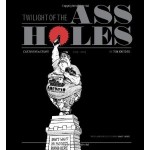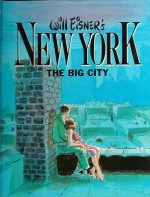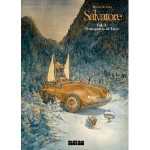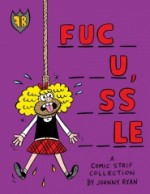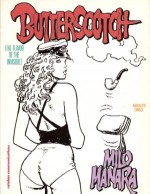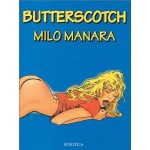
By Jak (Express Newspapers)
ISBN: 0-85079-117-0
I reviewed one of Jak’s earliest collections a few years back and churlishly bemoaned the lack of contextual grounding, utterly forgetting that a brief time later the editors of the series began doing just that so here’s another bite of a superb cartoon cherry that’s still not impossible for the determined fan to find.
The truly sad if not terrifying thing about rereading topical news cartoons years if not decades later is how distressingly familiar the subjects and hot topics are.
For example this volume taken from 1981 features an impending Royal Wedding, bombings in Ireland, nuclear contamination, BP cocking up the planet, banking scandals, insane cuts in military spending, increased unemployment – especially for school and college leavers, brutal spending cuts, a chancellor who couldn’t add up (Geoffrey Howe back then), cynical disinformational bitching about overpaid Council and public sector workers plus a Tory government falling apart and attacking itself and its partners.
However, that time the Government saved itself by fighting a war with somebody thousands of miles away over oil, but there’s no chance of that happening aga…
Hey, wait a minute…
Even the quirky “silly season†stories seem afflicted by generational déjà vu then and now: ITV’s breakfast show was suffering a star-strapped meltdown, the space shuttle was big news (the first not last ever flight into orbit), Prince Andrew was embarrassing us in the eyes of the world, a major acting star went spectacularly off the rails and we were “all in it together†with even rich people cutting down on luxuries (slightly) and England had an appalling football team…
This compendium even closes with the threat of impending war in Libya…
Sometimes our industry is cruel and unjust. This collection of cartoons by Raymond Allen Jackson, who, as Jak, worked for thirty years as political cartoonist for London Evening Standard – renamed by this time as The Standard – is one of many that celebrated his creativity, perspicacity and acumen as he drew pictures and scored points with and among the entire range of British Society.
His gags, produced daily to a punishing deadline as they had to be topical, were appreciated, if not feared, by toffs and plebs alike and were created with a degree of craft and diligence second to none. Even now, decades later, they are still shining examples of wit and talent. Most of them are still scathingly funny too.
Artists like Jak who were commenting on contemporary events are poorly served by posterity. This particular volume (re-presenting a selection of single panel-gags from September 5th 1980 to October 19th 1981), like all of these books, was packaged and released for that year’s Christmas market, with the topics still fresh in people’s minds. Thirty years later – although the drawing is still superb – although the minutiae might escape a few – the trenchant wit, dry jabs and outraged passion which informed these pictorial puncture wounds is still powerfully present. And clearly human nature never changes…
It’s just a huge shame that the vast body of graphic excellence that news cartoonists produce has such a tenuous shelf-life. Perhaps some forward looking university with a mind to jazzing up their modern history or social studies curricula might want to step up and take charge of the tragically untapped and superbly polished catalogue of all our yesterdays…
© 1981 Express Newspapers Limited.






